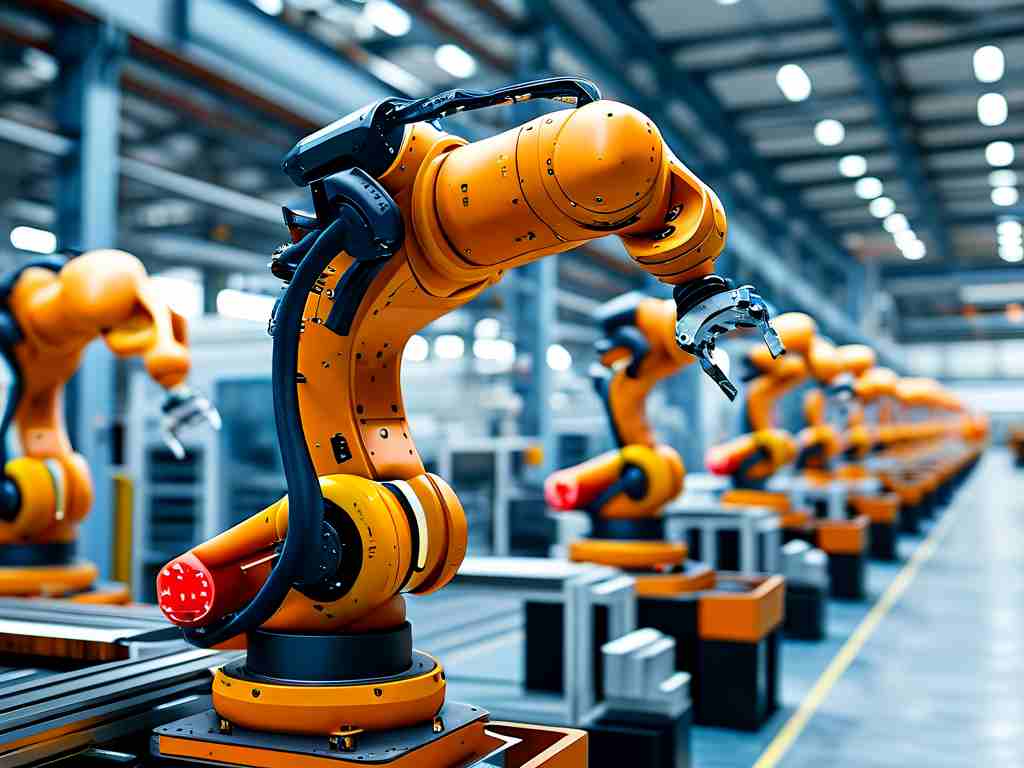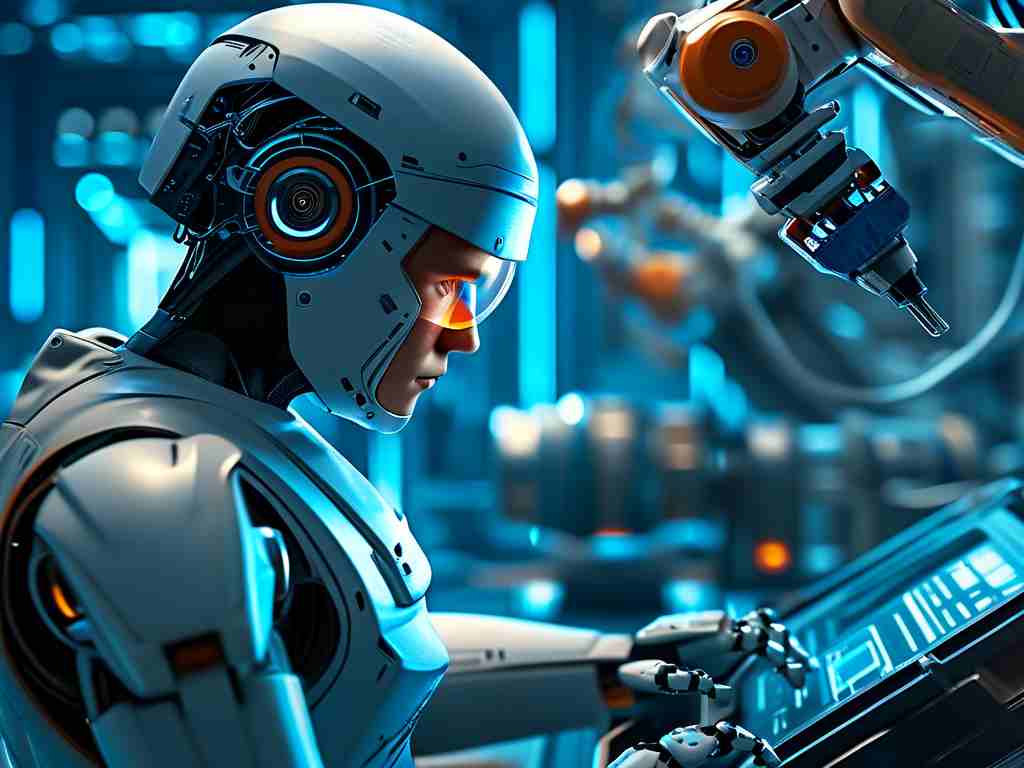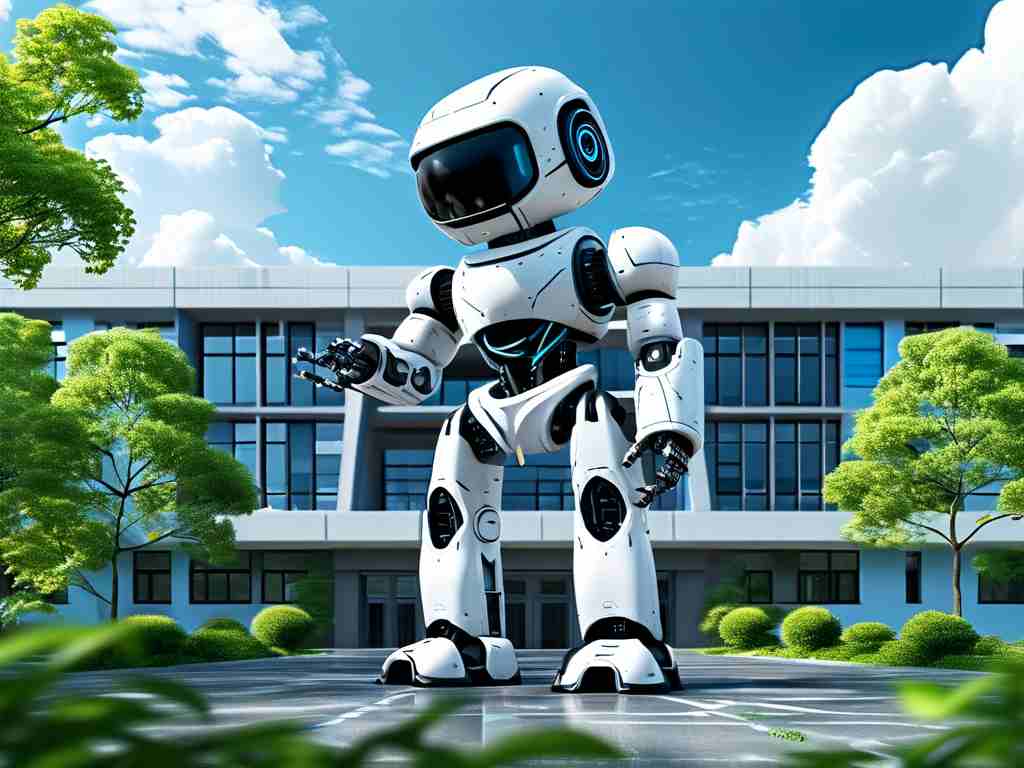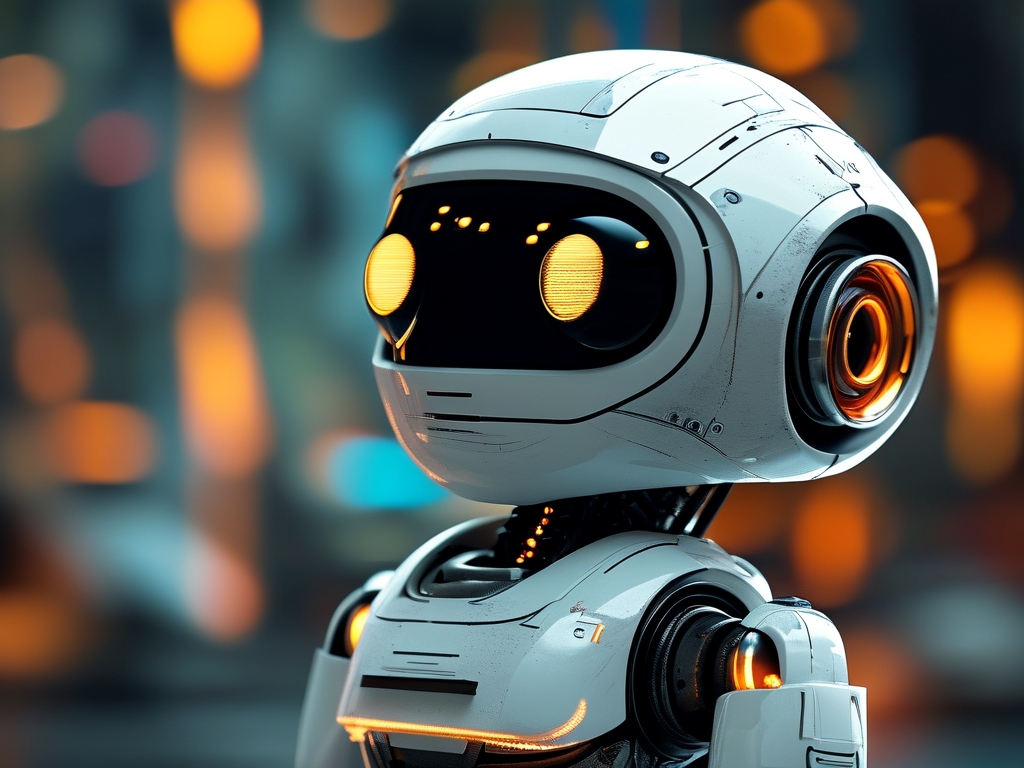The field of robotics, once considered exclusive to engineers and researchers, is undergoing a transformative shift. With advancements in user-friendly tools and open-source platforms, robotics technology is becoming accessible to people from all walks of life. This democratization is not just reshaping industries but also empowering individuals to turn innovative ideas into tangible solutions.
Breaking Down Barriers
A decade ago, building a functional robot required specialized knowledge in mechanical engineering, programming, and electronics. Today, modular robotics kits like Arduino and Raspberry Pi have simplified the process. These platforms come with pre-built components and intuitive software interfaces, allowing even middle school students to assemble and program basic robots. For instance, platforms like LEGO Mindstorms combine playful learning with practical skill development, proving that age is no longer a barrier to entry.

The rise of visual programming tools has further lowered the threshold. Tools such as Scratch for robotics and Blockly enable users to create complex behaviors through drag-and-drop interfaces. A recent case study from MIT’s Media Lab showed that high school students with no prior coding experience successfully designed autonomous delivery robots using these tools in under three weeks.
Education Meets Real-World Application
Educational institutions worldwide are integrating robotics into standard curricula. In Japan, vocational schools now offer “Robotics for All” courses that teach troubleshooting and maintenance skills alongside theoretical concepts. Similarly, community colleges in California have partnered with local manufacturers to create apprenticeship programs where students build industrial-grade robotic arms for small businesses.
Online learning platforms are also playing a pivotal role. Coursera and Udemy host courses tailored for non-experts, covering topics from sensor integration to machine learning for robotics. One learner in Kenya shared how a $20 online course helped her develop a solar-powered agricultural robot that automates seed planting—a project now implemented across multiple farms in her region.
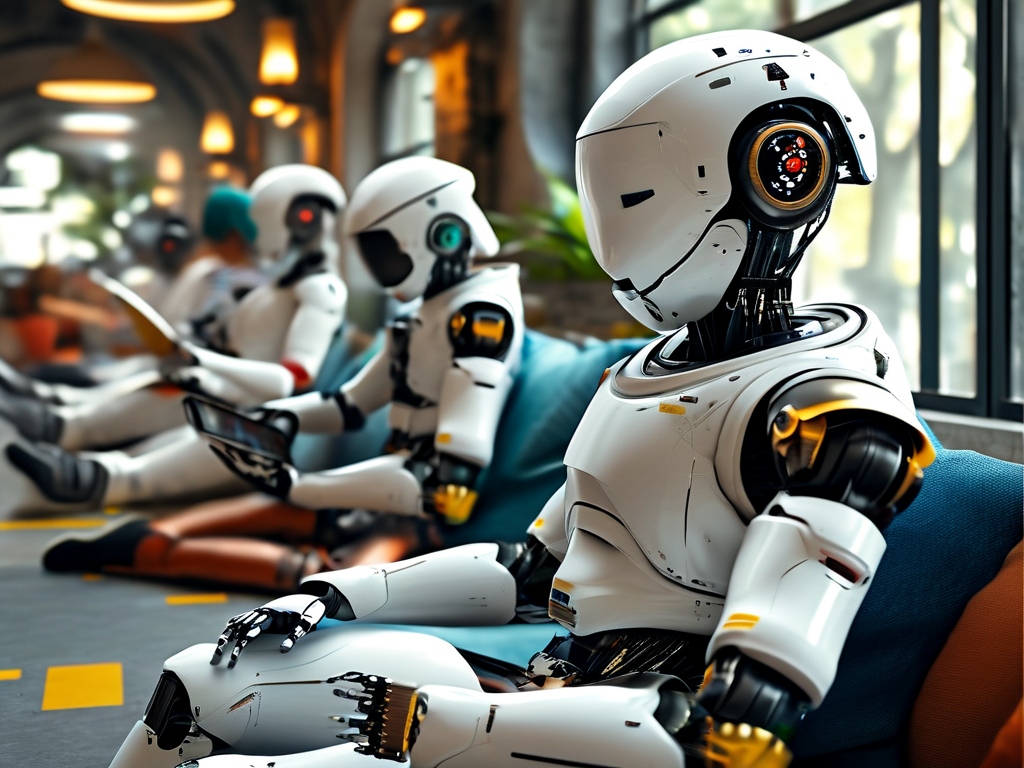
The Role of Open-Source Communities
Collaboration has become the cornerstone of modern robotics development. Open-source communities like ROS (Robot Operating System) provide free access to libraries, frameworks, and troubleshooting guides. A hobbyist in Brazil recently modified a 3D-printed prosthetic hand using ROS documentation, enhancing its grip precision at 1/10th of commercial costs. Such examples highlight how shared knowledge accelerates innovation.
GitHub repositories filled with customizable robot blueprints allow users to build everything from drone swarms to companion robots. These resources not only reduce development time but also foster creativity. For example, a teenager in Norway combined a budget-friendly drone kit with open-source AI code to create a system that monitors forest fires—a project later adopted by local environmental agencies.
Ethical Considerations and Future Outlook
As robotics becomes mainstream, ethical questions emerge. Should there be regulations for DIY robotics projects? How do we prevent misuse of autonomous systems? Organizations like the IEEE Global Initiative on Ethics of Autonomous Systems are working to establish guidelines, emphasizing transparency and accountability.
Looking ahead, the fusion of robotics with AI and IoT will unlock new possibilities. Imagine smart homes where residents customize their own service robots or urban farms managed entirely by community-built automation systems. The key lies in maintaining accessibility while addressing security and ethical challenges.
In , the era where robotics was confined to labs and corporations is ending. Through affordable tools, inclusive education, and collaborative communities, this technology is now a canvas for global innovation. Whether you’re a teacher, artist, or entrepreneur, the opportunity to shape the future of robotics is literally at your fingertips.




